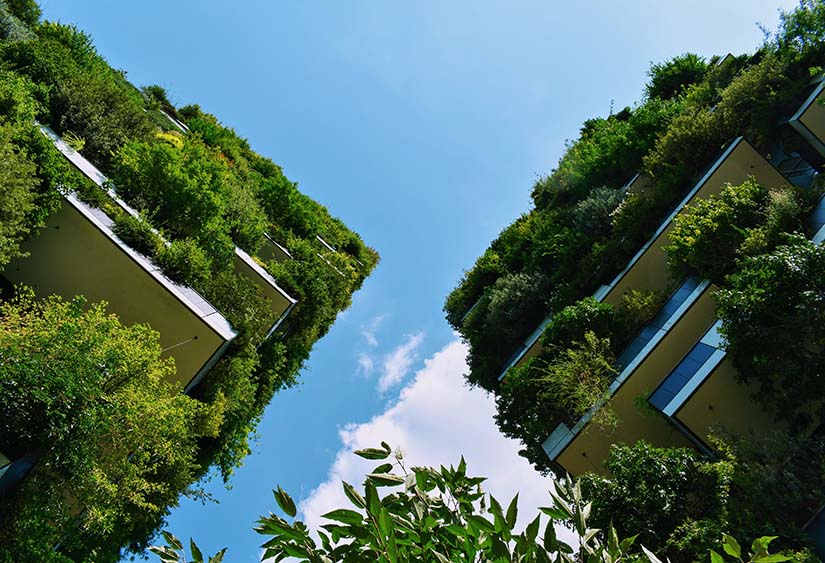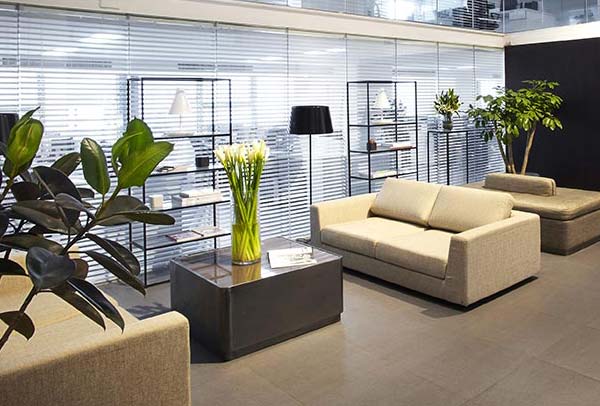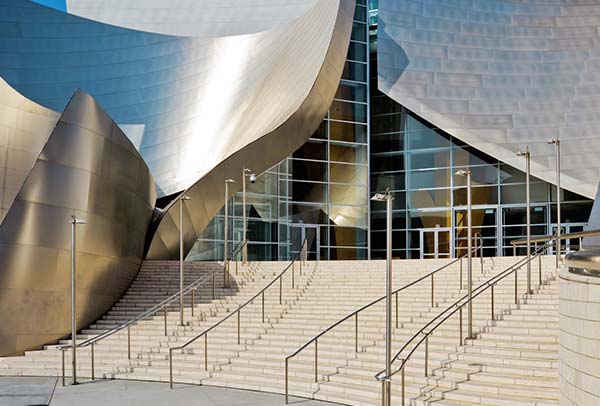
WHAT IS BIOCLIMATIC ARQUITECTURE?
In recent years, bioclimatic architecture has captured the interest of a large sector of the Spanish population who want to live in more ecological or environmentally responsible homes. Bioclimatic constructions have the ability to make the most of natural resources, such as rain, sun, vegetation or wind.
And although it seems complex, this principle is imposed from the first moment in which these projects are reflected in their plans. Bioclimatic architecture is full of avant-garde nuances and premises, and not only from the constructive edge, but also from the eco-environmental one.
WHAT IS BIOCLIMATIC ARQUITECTURE?
This time we will tell you more about bioclimatic architecture. So you can have a clear idea of this concept. And above all, understand why it is so relevant today. It is focused on the design and construction of buildings that take into account the climatic conditions of the area where the work will be carried out.
Additionally, this type of housing or building has an incredible goal: to reduce the profound environmental impact generated by modern buildings. In this sense, it is understandable that bioclimatic architecture is closely related to bio-construction.
The latter refers to construction systems that require the handling and use of materials that are harmless to nature. Specifically, bioclimatic architecture refers to the design of buildings based on the local climate. Its main purpose is to achieve the highest degree of thermal comfort possible in homes, through the correct use of some environmental resources.
4 CHARACTERISTICS OF BIOCLIMATIC ARCHITECTURE
Below you will learn about four characteristics related to bioclimatic architecture that will help you understand it better:
- The design is completely bioclimatic
The key to success lies in designing buildings capable of efficiently adapting to the climate and local environment. In this way it is possible to minimize the consumption of non-renewable resources. And as if that were not enough, energy saving is actively promoted.
According to official figures from the International Energy Agency, the construction sector and buildings consume 36% of the planet’s energy. And combined they produce 39% of carbon dioxide emissions. However, bioclimatic architecture is capable of curbing the environmental impact in an intelligent and strategic way.
Until now, it has proven to be very effective in promoting sustainable works, which also integrate perfectly with the aesthetics of the environment.

- Spaces are used intelligently
It is essential that the spaces have the correct dimensions so that energy use can be optimized to the maximum.
- Renewable energy sources are protagonists
Bioclimatic architecture makes sure to take advantage of as many renewable resources as possible. That is, those present in nature, such as:
- Sunlight.
- Wind.
- The rain.
- And even the vegetation itself.
This means that they are in favor of the use of renewable energies, as would be the case of:
- Wind.
- Geothermal.
- Hydraulics.
- Solar.
- Bet on sustainable materials
In order to achieve a high degree of thermal comfort, without sacrificing aesthetics or construction quality, and without polluting the environment, it is imperative to use materials that are characterized by being:
- Robust
- Resistant.
- Solid
Of natural origin: as would be the case of recycled materials, or of wood, stone and vegetable fibers.
All of them have the power to minimize the impact of construction on the environment because they are biodegradable and minimally polluting.







No Comments
Sorry, the comment form is closed at this time.